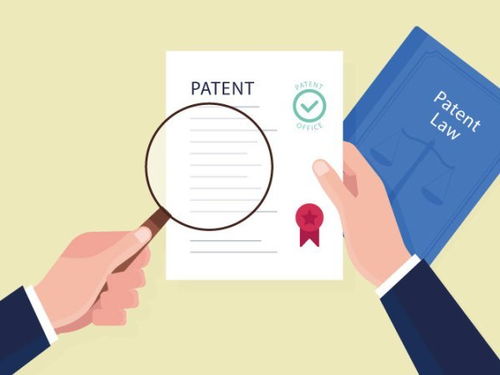
How to File a Patent: A Comprehensive Guide
Embarking on the journey to file a patent can be both exciting and daunting. Patents protect your inventions, giving you exclusive rights to use, sell, or license your creation. This guide will walk you through the process step by step, ensuring you are well-prepared for the patent filing journey.
Understanding the Types of Patents

Before diving into the filing process, it’s crucial to understand the different types of patents available:
| Type of Patent | Description |
|---|---|
| Utility Patent | Protects the functional aspects of a new, useful, and non-obvious invention. |
| Design Patent | Protects the ornamental or aesthetic aspects of a new, original, and non-obvious design. |
| Plant Patent | Protects new varieties of plants that are asexually reproduced. |
Each type of patent has its own set of requirements and benefits, so it’s essential to choose the one that best suits your invention.
Conducting a Patent Search

A thorough patent search is a critical step in the patent filing process. It helps you determine if your invention is novel and non-obvious. Here’s how to conduct a patent search:
-
Visit the United States Patent and Trademark Office (USPTO) website.
-
Use the USPTO’s patent search tools, such as the Advanced Search or the Patent Full-Text and Image Database.
-
Enter relevant keywords related to your invention.
-
Review the search results and identify any similar patents.
-
Consider consulting with a patent attorney or agent to assist with the search.
Remember, a thorough patent search can save you time and money in the long run by avoiding potential rejections.
Preparing the Patent Application

Once you’ve determined the type of patent and conducted a patent search, it’s time to prepare the patent application. Here’s what you need to include:
-
Title: A clear and concise title that accurately describes your invention.
-
Abstract: A brief summary of your invention, its purpose, and its main features.
-
Claims: The legal boundaries of your invention, which define what is protected.
-
Specification: A detailed description of your invention, including how it works and how it is made.
-
Drawing(s): Visual representations of your invention, if applicable.
Ensure that your application is clear, concise, and well-organized. If you’re not confident in your writing skills, consider hiring a patent attorney or agent to help you prepare the application.
Filing the Patent Application
Once your application is ready, it’s time to file it with the USPTO. Here’s how to do it:
-
Visit the USPTO website and create an account.
-
Select the appropriate filing method: electronic filing or paper filing.
-
Follow the instructions provided by the USPTO to submit your application.
-
Pay the required filing fee.
Keep in mind that the filing fee is non-refundable, so ensure that you have all the necessary information and documents before submitting your application.
Patent Prosecution
After filing your application, the USPTO will review it. This process, known as patent prosecution, can take several months to years. Here’s what to expect:
-
Examination: A patent examiner will review your application and may request additional information or clarification.
-
Responding to Office Actions: If the examiner raises any objections or rejections, you’ll need to respond within the specified time frame.
-






